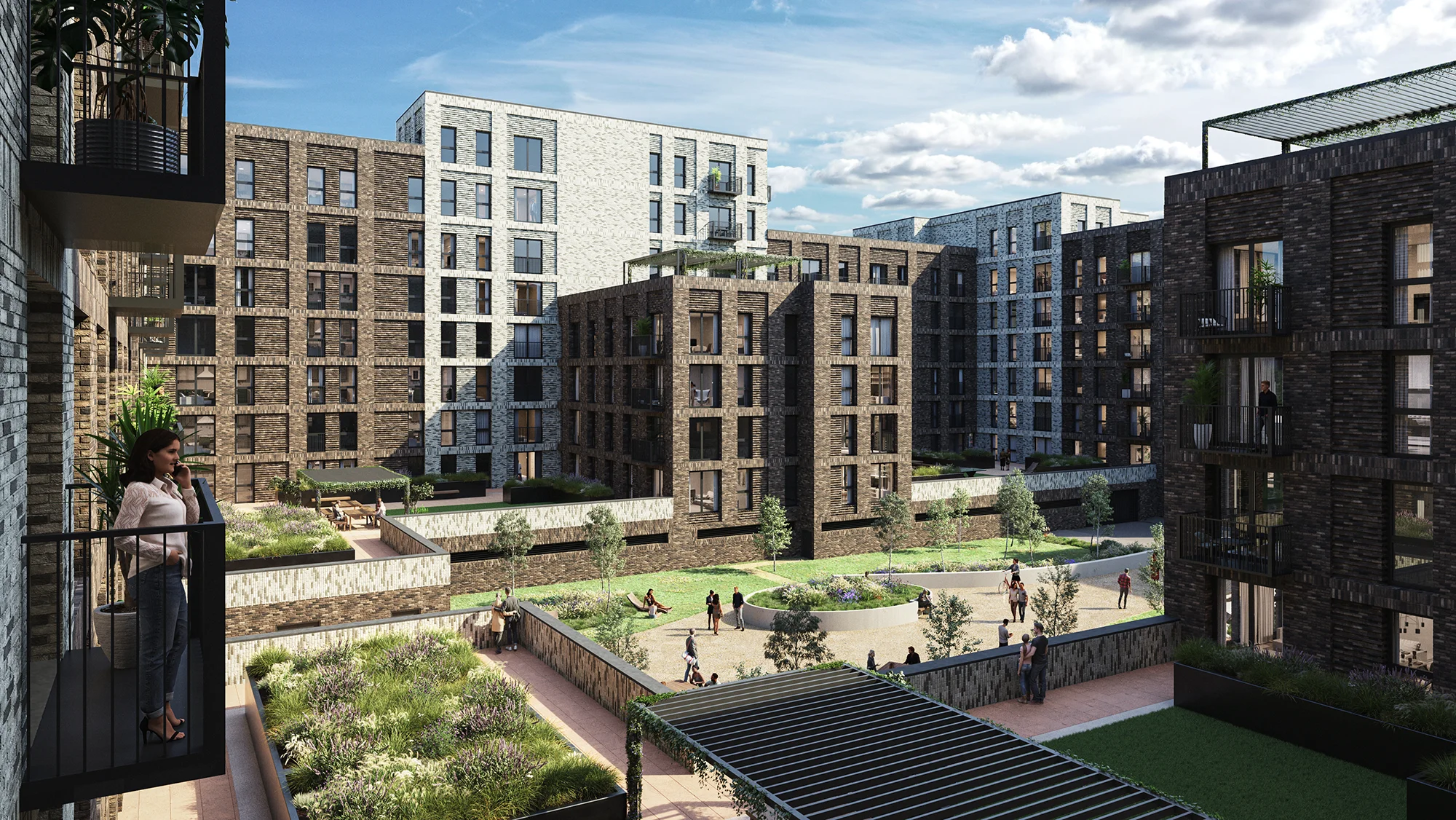Here’s an in-depth look at the benefits and considerations of investing in Birmingham’s historic buildings for those interested in property investment in Birmingham.
The Appeal of Historic Buildings
Historic buildings possess a unique character and charm that modern constructions often lack. Features such as period architecture, ornate detailing, and original materials add a distinctive aesthetic appeal. For many buyers and tenants, the opportunity to live in a property with historical significance and unique features is highly desirable.
Investing in historic buildings allows investors to contribute to the preservation of Birmingham’s cultural heritage. These properties often hold significant historical value and are integral to the city’s identity. Restoring and maintaining these buildings ensures that important aspects of the city’s past are preserved for future generations.
Many historic buildings are located in prime areas of Birmingham, such as the Jewellery Quarter, Digbeth, and Edgbaston. These locations are often well-connected, close to amenities, and part of vibrant communities. Investing in these areas can provide high rental yields and strong capital growth potential.
Blending Heritage with Modern Living
One of the key challenges and opportunities of investing in historic buildings is blending heritage with modern living. Investors can enhance the appeal of historic properties by integrating modern amenities such as updated kitchens, bathrooms, and energy-efficient systems while preserving original features.
Many historic buildings can be adapted to include open-plan living spaces, which are highly sought after in the modern property market. Careful planning and design can ensure that the building’s historical integrity is maintained while creating functional and stylish living spaces.
Incorporating modern technology, such as high-speed internet, smart home systems, and advanced security features, can make historic properties more attractive to contemporary buyers and tenants. These upgrades can significantly increase the property’s appeal without compromising its historical value.
Benefits of Investing in Historic Buildings
Historic buildings, due to their unique characteristics and prime locations, often command higher rental prices and property values. The demand for properties with historical significance and charm remains strong, providing investors with the potential for high returns.
In some cases, investors in historic buildings may be eligible for tax incentives or grants aimed at preserving heritage properties. These financial benefits can help offset restoration and maintenance costs, making the investment more financially viable.
Restoring and maintaining historic buildings can have a positive impact on the local community. These projects can enhance the aesthetic appeal of neighbourhoods, attract tourism, and foster a sense of pride and identity among residents.
Considerations and Challenges
Restoring historic buildings can be expensive. Investors must be prepared for the potential costs associated with repairing and maintaining original features, adhering to conservation regulations, and upgrading the property to meet modern standards. Conducting a thorough cost assessment and planning for contingencies is crucial.
Historic buildings are often subject to strict conservation and planning regulations. Investors must navigate these regulations carefully to ensure compliance. Working with experts in historic preservation and seeking advice from local authorities can help streamline the process.
Ongoing maintenance is essential to preserve the integrity and value of historic buildings. Investors should budget for regular upkeep and repairs to prevent deterioration and maintain the property’s appeal.
Case Studies in Birmingham
- The Jewellery Quarter
The Jewellery Quarter is one of Birmingham’s most iconic areas, known for its historical significance and architectural beauty. Investing in historic buildings in this area can be highly lucrative. Properties here are often converted into stylish apartments and offices, blending heritage with modern living.
- Digbeth
Digbeth is a rapidly developing area with a rich industrial history. Historic warehouses and factories are being transformed into trendy loft apartments, creative workspaces, and cultural venues. This blend of old and new has made Digbeth a hotspot for property investors.
- Edgbaston
Edgbaston, known for its Victorian and Georgian architecture, offers numerous opportunities for investing in historic properties. The area’s grand houses and leafy streets are highly desirable, and careful restoration can yield significant returns.
According to TK Property Group, understanding the benefits and challenges of restoring historic buildings is crucial for making informed investment decisions. By preserving the city’s architectural heritage and adapting it to contemporary needs, investors can achieve substantial financial returns while contributing to Birmingham’s cultural legacy.






